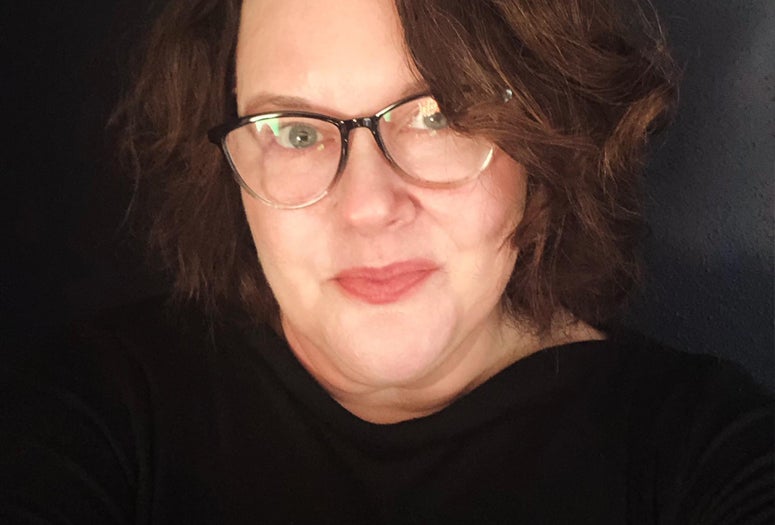As an undergraduate student, Amy Kahrmann Huseby remembers reading articles in Studies in English Literature 1500-1900 (SEL) and being “overawed by the knowledge, interpretive work, clarity of prose and cleverness of its articles.” Now she is taking on the roles of publisher and executive editor at the acclaimed Rice University journal alongside her second in command, managing editor Kelly McKisson.
“During the six decades of its publication, the journal has become recognized in literary studies for the rigor, innovation and caliber of thought represented by the scholarly work published within,” said Huseby, who will also serve as a senior lecturer in English at Rice. “The opportunity to lead one of the most distinguished publications in literary studies was immediately appealing.”

SEL, published quarterly by Johns Hopkins University Press for Rice, was founded by Professor Carroll Camden to address the growing demand for academic journals focused on English studies. Over the decades, it has become renowned for its rigorous scholarship and influential articles. Each issue of SEL is dedicated to one of four fields: the English renaissance; Tudor and Stuart drama; the Restoration and eighteenth century; and the nineteenth century. The journal is also known for its comprehensive Omnibus Reviews, which provide an overview of recent book-length studies in each field and are highly regarded by scholars.
“As a publication of Rice University, it also represents an institutional investment that is, sadly, waning in so many places, that being a willingness to invest in humanities scholarship,” Huseby said. “Although Rice is widely known for its STEM scholarship, the support it continues to offer SEL is one of the markers that Rice recognizes the value of the humanities as well, not as an afterthought or a holdover from some historical sense of obligation. Instead, Rice knows that the humanities craft critical thinkers, effective communicators and collaborative and curious problem-solvers, all of which are vital to the health of a nation and the world that we share. Rice’s enduring support for SEL is a model for other institutions of higher learning.”
Before joining Rice, Huseby served as an associate teaching professor, media director and fellow in the Honors College at Florida International University for seven years. She also has more than 20 years of experience in publishing, media, management and marketing. Her extensive background includes roles from unpaid internships to editor-in-chief of small literary presses and consulting for the Bill & Melinda Gates Foundation.
“I am eager to interrogate afresh ideas, images, texts, objects, spaces, performances, themes and authors that seem familiar as well as those which address understudied aspects of the four centuries studied by scholars in the journal,” Huseby said. “Any transition is an opportunity to examine traditions and expectations, assess them in light of new information and reimagine what else might be. One untaught ability I have is that I have vision and am good at making my vision manifest. I hope to manifest some exciting innovations at SEL.”
One of Huseby’s priorities is to maintain and enhance the support SEL provides to its graduate students. The journal is unique in compensating its graduate editorial trainees, thanks in part to the Diana P. Hobby Fellowship established in 1995. This endowment supports the development of a graduate student editorial staff, which is responsible for maintaining SEL’s high editorial standards.
“In this way, SEL supports the aims of the humanities at Rice, both producing field-leading academic work and supporting top-tier graduate student communities,” Huseby said. “Work at SEL might otherwise go unseen, but instead the labor of skills development and graduate training is actively supported by Rice, and in turn, those efforts and opportunities support Rice University’s mission to aim for excellence in graduate education.”
In addition to her editorial duties, Huseby said she’s focused on the collaborative nature of scholarly work.
“Editing and proofing, like other parts of humanistic scholarly research, might appear to be an individualized endeavor, involving tortured geniuses toiling away in solitude — imagine monks lit by candlelight or a solitary poet in a garret,” said Huseby. “In reality, our work is very communal and collaborative. As with other scholarly work, knowledge advances through discussion and debate, and our editors and copy editors work with authors to increase precision as well as refine arguments.”
Huseby said she is eager to introduce new initiatives and innovations at SEL. She plans to teach a graduate seminar on the history of the book, humanities publishing and print culture in higher education starting next academic year. This course will further integrate SEL with Rice’s mission to support graduate education through experiential learning and exposure to active professionals in publishing.
Providing a glimpse into the dynamic environment of SEL’s fourth-floor Fondren Library offices, Huseby said a visitor might witness the staff debating the use of a particular term or drafting queries to leading scholars to answer a research puzzle.
“The staff of SEL and I are actively involved in the practice of studying literature, as the title of SEL rightly announces,” Huseby said. “We have a new project in the works that will become a blog about these activities. The idea behind the blog will be that the study of literature is messy, discontinuous, marked by enthusiasm, disappointment, red herrings and rabbit holes. It will be a new opportunity for the Hobby Fellows, me and even some of our contributors and readers to write in a more casual way about the study of literature that has always been at the heart of SEL.”

